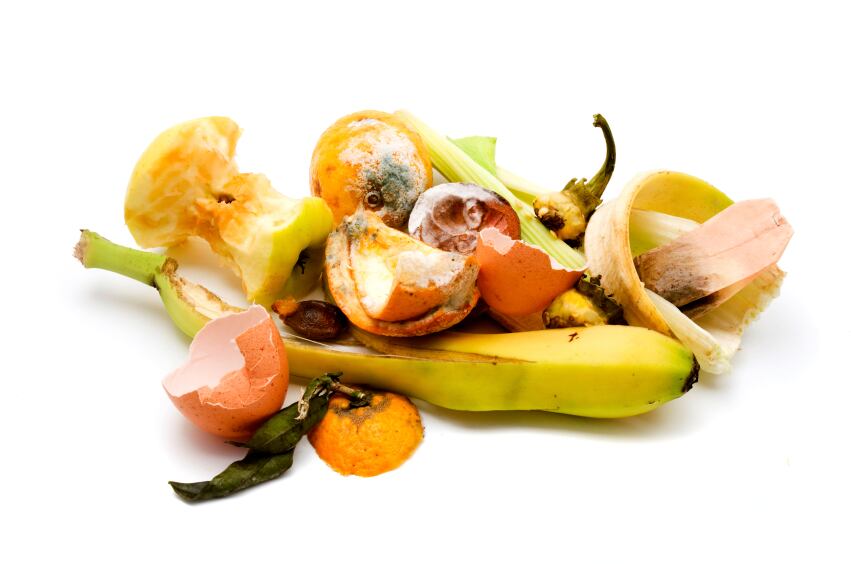The approach aims to address the relatively high cost of producing biodiesels, both financially and with respect to the demands placed on land and water resources.
Spent coffee grounds (SCG), on the other hand, have been identified as a promising biodiesel feedstock that currently has little or no commercial value.
“Our method vastly reduces the time and cost needed to extract the oils for biofuel, making spent coffee grounds a much more commercially competitive source of fuel,” said Dr Vesna Najdanovic-Visak, lecturer in Lancaster University’s Engineering Department.
“A huge amount of spent coffee grounds, which are currently just being dumped in landfill, could now be used to bring significant environmental benefits over diesel from fossil fuel sources.”
With world coffee production around 9.3bn kilograms annually, finding a use for its waste product has been a focus for the food and beverage industry for the last ten years or so.
Along with the higher calorific value, SCGs contain up to 20% of lipids and lignocellulosic material, which have bioenergy uses.
The production of biodiesel is especially attractive in light of the urgent need to decarbonise liquid fuels and the few viable sources of low carbon liquid fuel.
Food industry waste

The food industry produces huge amounts of waste rich in carbohydrates, proteins, pectin and bioactive elements, all possible sources of useful chemicals and fuels.
As the biggest manufacturer in Europe, the food sector has switched its attention on processing food waste in order to extract extra income and reduce waste and associated landfill.
Consequently, the possibilities of using other non-agricultural waste products have been looked at, including used cooking oil, organic municipal waste and olive stones.
Researchers from Lancaster University detail the method that unites existing multi-stages into one step, known as in situ transesterification.
This approach combines extraction of the oils from the spent coffee grounds and the conversion of it into coffee biodiesel.
Current approaches mix SPGs with hexane at a temperature of 60°C for between 1-2 hours. The hexane is then evaporated to leave behind the oils.
Methanol and a catalyst are then added to make biodiesel and a glycerol by-product that also needs separating.
Consolidated steps
Led by Dr Najdanovic-Visak, the team combined the processes by using just methanol and a catalyst – removing the need for hexane altogether and saving on chemical waste.
Furthermore, they also discovered that the optimal time for the process was 10 minutes to gain the same yield of oils from the spent coffee grounds - a significant reduction in time needed and associated energy costs.
According to the team, the process has the potential to enable 720,000 tonnes of biodiesel to be produced each year from spent coffee grounds.
“Our findings reveal that in situ transesterification, a single step biodiesel production process with significant cost savings potential might provide new industrial potential for the recovery of fuel from SCGs,” the study said.
“The maximum achieved yield of in situ transesterification was 96% under following reaction conditions: methanol to oil mole ratios of 400, 333 Kelvin (K) (60°C), catalyst concentration of 0.2 molL−1 and 90 minutes.”
Yields of biodiesel from extracted oil is rarely reported, the study said, with the limited studies reporting yields of 56% to 100%; comparable with the yields from other vegetable oil feedstocks.
Prior studies have proven the viability of in situ transesterification method using various feedstocks, including sunflower seeds, soybean and jatropha curcas.
“These findings need to be up-scaled to a commercial level and the trade-offs between increased reaction temperature and dryness of SCGs determined to identify the optimal conditions in light of energy and cost requirements,” the study concluded.
“Ultimately, biodiesel production from SCG offers a contribution to low carbon fuels across the world.”
Source: Journal of Environmental Chemical Engineering
Published online ahead of print: doi.org/10.1016/j.jece.2017.04.041
“Kinetics of extraction and in situ transesterification of oils from spent coffee grounds.”
Authors: Vesna Najdanovic-Visak, Florence Yee-Lam Lee, Marcia Tavares, Alona Armstrong,
